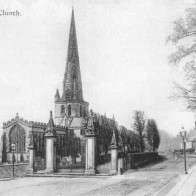
It is known that an Anglo-Saxon church served by a priest existed on the current site at the time of the Domesday Book in 1086 AD.
The present building was mainly built in the early 1200s and consecrated in 1241 by the Bishop of Coventry and Lichfield, Hugh de Patishul.
Click title or photo to read more…
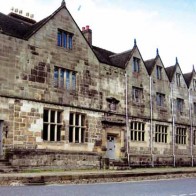
The Grammar School was founded in Ashbourne by Queen Elizabeth in 1585 following a petition from five local gentlemen headed by the Lord of the Manor, Sir Thomas Cockayne.
Click title or photo to read more…

Between 1700 and 1820 Ashbourne’s medieval timber-framed buildings were replaced by fashionable brick and stone Georgian town houses.
Click title or photo to read more…
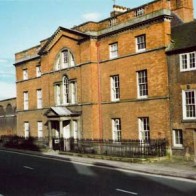
The Georgian quarter of Ashbourne is located on the prestigious Church Street with The Mansion, it’s most imposing gentleman’s town house.
Grade I listed, it is positioned opposite the old Queen Elizabeth Grammar School.
Click title or photo to read more…
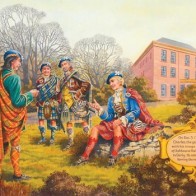
In 1714 the English throne was inherited by a German prince from Hanover, George I, but many people (known as ‘Jacobites) supported a rival claimant James Stuart, the son of King James II.
In 1745 James’ exiled son Charles Edward Stuart, known as ‘Bonnie Prince Charlie’, launched an invasion of England with a largely Scottish army.
Click title or photo to read more…

At the end of the 18th century a new French leader emerged offering strong government and military glory. This person was a young army officer named Napoleon Bonaparte who, by 1799, became dictator of France and in 1804 was crowned Emperor. In 1793 the French Republic declared war on Britain, a war that only ended with Napoleon’s final defeat at Waterloo.
Click title or photo to read more…
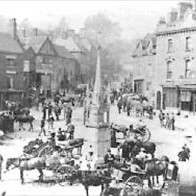
With the advent of new railways in the 1840s, Ashbourne’s coaching traffic collapsed. The town declined economically, becoming virtually fossilised as the Georgian town which survives today. A branch line from Uttoxeter opened in 1852 and later extended to Buxton in 1899.
Click title or photo to read more…

Medieval street football – often matches between neighbouring parishes – was commonly played throughout the country on religious ‘holy-days’ such as Shrovetide – the last day before Lent. A few such traditional games have survived, of which that at Ashbourne, now enjoying international status, is the most authentic.
Click title or photo to read more…















 © The Ashbourne Partnership
© The Ashbourne Partnership